Home>Articles>What Size Of Range Hood I Need For A 36 Inch Range
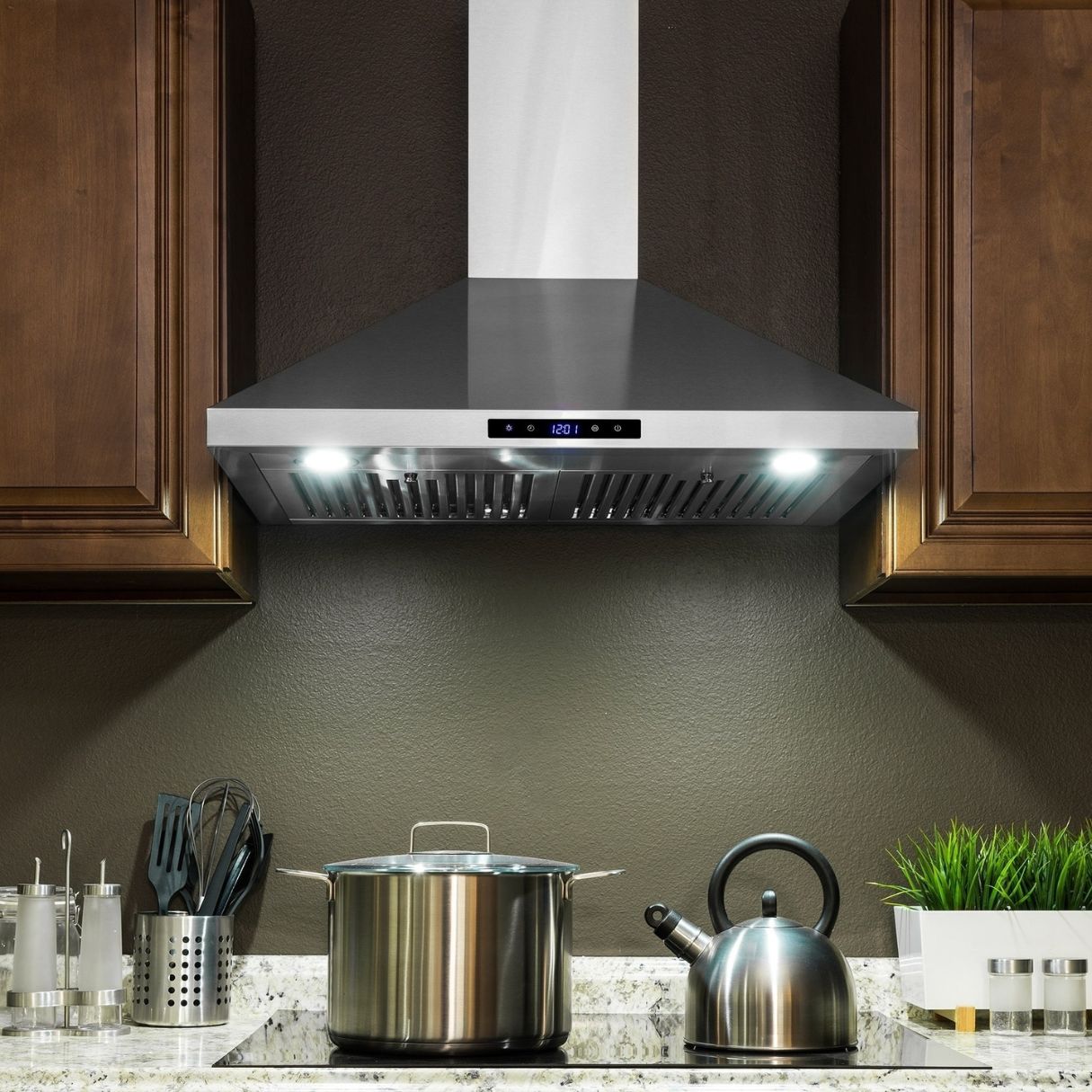

Articles
What Size Of Range Hood I Need For A 36 Inch Range
Modified: September 1, 2024
Looking for the perfect size range hood for your 36 inch range? Read our informative articles to find the best fit for your kitchen and cooking needs.
(Many of the links in this article redirect to a specific reviewed product. Your purchase of these products through affiliate links helps to generate commission for Storables.com, at no extra cost. Learn more)
Introduction
In any kitchen, a range hood plays a crucial role in maintaining air quality and ensuring a pleasant cooking experience. Not only does it remove smoke, steam, and odors from the kitchen, but it also helps in preventing the buildup of grease and airborne contaminants. When it comes to choosing a range hood, one important factor to consider is the size. In this article, we will discuss the importance of selecting the right size range hood for a 36-inch range and provide some guidance on finding the best fit for your kitchen.
Before we delve into the specifics, let’s briefly discuss what a range hood is and its purpose. A range hood, also known as an exhaust hood or vent hood, is a device installed above the cooktop or range to remove airborne pollutants generated during cooking. It consists of a fan or blower that pulls in the air, filters out grease, smoke, and odor particles, and then exhausts the air outside or recirculates it back into the kitchen after passing through a filtration system.
Now, why is it crucial to choose the right size range hood for your 36-inch range? The size of the hood determines its efficiency in capturing and exhausting the pollutants effectively. If the hood is too small, it may not be able to handle the amount of heat, smoke, and steam produced by the range, leading to poor ventilation and less effective odor elimination. On the other hand, if the hood is too large, it may create excessive noise and unnecessarily consume more energy.
Proper ventilation is essential for maintaining air quality and removing harmful pollutants from your kitchen. When cooking, the release of smoke, grease, and odors can quickly accumulate, creating an unpleasant and potentially hazardous environment. A well-sized range hood helps to ensure that these pollutants are effectively captured and exhausted, leaving your kitchen fresh and clean.
In the next section, we will discuss the key factors to consider when determining the appropriate size for your range hood.
Key Takeaways:
- Choosing the right size range hood for a 36-inch range is crucial for optimal ventilation, preventing smoke and odor buildup, and creating a healthier, more enjoyable cooking space.
- Proper installation and regular maintenance are essential for ensuring the effective functioning of your range hood, maintaining optimal airflow, and providing a clean and comfortable kitchen environment.
What is a Range Hood – Definition and Purpose
A range hood is a vital component of any kitchen ventilation system. It is a device installed above the range or cooktop that helps remove smoke, steam, heat, grease, and odors generated during cooking. The primary purpose of a range hood is to improve indoor air quality by effectively capturing and eliminating airborne contaminants, thereby creating a healthier and more comfortable cooking environment.
Range hoods typically consist of a canopy or hood enclosure, a fan or blower, and a ventilation system. The hood enclosure is designed to capture the pollutants generated during cooking, while the fan or blower helps to pull in the air and direct it through the ventilation system. The ventilation system can either exhaust the air outside the building or recirculate it through filters to remove grease, smoke particles, and odors.
By extracting cooking fumes and steam, a range hood prevents these substances from spreading throughout the kitchen and the rest of the home. This not only helps to maintain a clean and odor-free kitchen but also prevents the accumulation of grease on surfaces and cabinets, reducing the risk of fire hazards and prolonging the lifespan of kitchen appliances.
In addition, range hoods also play a significant role in improving the overall safety of the kitchen. Cooking generates a significant amount of heat, and without proper ventilation, the excess heat can cause discomfort and potentially lead to overheating in the kitchen. Range hoods help to dissipate heat effectively, contributing to a more comfortable cooking environment and reducing the risk of accidents or heat-related injuries.
Furthermore, range hoods help to remove excess moisture produced during cooking, such as steam and condensation. High humidity levels can lead to the growth of mold and mildew, which can have adverse effects on indoor air quality and pose health risks. By eliminating excess moisture, range hoods contribute to maintaining a dry and healthy kitchen environment.
Overall, range hoods are essential for maintaining a clean, odor-free, and healthy kitchen. By effectively capturing and eliminating smoke, steam, heat, grease, and odors, they improve indoor air quality, reduce the risk of fire hazards, enhance safety, and provide a more pleasant and comfortable cooking experience.
Importance of Choosing the Right Size Hood
When it comes to selecting a range hood for your kitchen, choosing the right size is of utmost importance. A properly sized hood ensures effective ventilation by preventing smoke and odor buildup, resulting in a cleaner, more comfortable cooking environment. Let’s explore the significance of the right size hood in preventing smoke and odor buildup and ensuring proper ventilation.
Preventing Smoke and Odor Buildup: One of the main functions of a range hood is to capture and eliminate smoke and odors produced during cooking. When you cook, especially when using high heat or oils, smoke and strong odors can quickly fill the air. Without a properly sized hood, these pollutants may not be effectively captured and removed, leading to smoke haze and lingering food smells in the kitchen and throughout your home. A correctly sized hood ensures that these unwanted byproducts of cooking are efficiently drawn up and vented outside or filtered and recirculated, preventing them from dispersing and settling in your living space.
Proper Ventilation: Adequate ventilation is crucial for maintaining a healthy and comfortable kitchen environment. A range hood with the right size fan or blower can effectively remove airborne contaminants, such as smoke, grease particles, and cooking odors, while also preventing the accumulation of excess heat and moisture. By swiftly extracting and exhausting these pollutants, a properly sized range hood helps to maintain a well-ventilated kitchen, reducing the risk of respiratory irritants, maintaining indoor air quality, and ensuring a more pleasant cooking experience.
Furthermore, proper ventilation helps to minimize the accumulation of grease on surfaces, cabinets, and appliances. Cooking processes that involve high heat or frying can release grease particles into the air, which can settle on various surfaces if not properly captured by the range hood. Over time, this grease buildup can become a fire hazard and contribute to the degradation of kitchen surfaces. A well-sized hood with adequate suction power effectively captures and removes grease particles, reducing the potential for grease-related accidents and ensuring a cleaner kitchen environment.
In summary, choosing the right size range hood is essential for preventing smoke and odor buildup in your kitchen. By effectively capturing and eliminating cooking byproducts, including smoke, grease particles, and odors, a properly sized hood ensures a cleaner and fresher kitchen environment. Additionally, proper ventilation provided by the right size hood contributes to maintaining indoor air quality, reducing the risk of respiratory irritants, and creating a more pleasant cooking experience. So, when selecting a range hood, be sure to consider the size that best fits your cooking area to reap the benefits of optimal ventilation.
Factors to Consider When Choosing Range Hood Size
When selecting the size of a range hood for your kitchen, it’s essential to take several factors into consideration. These factors include the size of the range or cooktop, the BTU output of the range, and the kitchen’s layout and design. Understanding these factors will help you choose the right size range hood for optimal performance. Let’s explore these factors in more detail:
Size of the Range or Cooktop: The size of your range or cooktop is an important consideration when determining the appropriate size range hood. A general rule of thumb is to choose a range hood that is at least as wide as the cooktop or range beneath it. This ensures that the hood effectively covers the entire cooking surface, capturing smoke, steam, and odors efficiently. If the range hood is too narrow, it may not effectively cover the cooking area, resulting in poor ventilation and leaving some gases and odors lingering in the kitchen.
BTU Output of the Range: The BTU (British Thermal Unit) output of your range or cooktop is another crucial factor to consider when determining range hood size. BTU is a measurement of the amount of heat output by the burners on the range. Ranges with higher BTU ratings produce more heat, which requires a larger range hood to effectively capture and remove the heat, smoke, and odors generated during cooking. Choosing a range hood with sufficient CFM (Cubic Feet per Minute) rating ensures that it can handle the heat and eliminate pollutants effectively, providing optimal ventilation for your cooking space.
Kitchen Layout and Design: The layout and design of your kitchen can also influence the size of the range hood required. If you have a kitchen with an open floor plan or one that is connected to an adjacent living area, you may want to consider a range hood with a higher CFM rating. This will ensure that the hood can effectively ventilate a larger area, preventing the spread of cooking odors and minimizing the impact on the overall indoor air quality. Additionally, the height of your ceiling and the presence of cabinets or obstacles around the range will also affect the size and installation configuration of the range hood. It’s important to consider these factors to ensure proper sizing and installation for optimal performance.
By taking into account the size of the range or cooktop, the BTU output of the range, and the kitchen’s layout and design, you can choose the right size range hood that effectively covers the cooking area and provides optimal ventilation. Be sure to consult the manufacturer’s guidelines and seek professional advice if needed to ensure that the range hood you select is suitable for your specific kitchen setup.
When choosing a range hood for a 36-inch range, look for a hood that is at least the same width as the range, or slightly larger for better coverage. A 36- or 42-inch hood would be a good fit.
Recommended Size Range Hood for a 36-inch Range
When it comes to a 36-inch range, it is crucial to choose a range hood with the appropriate size to ensure proper coverage for optimal ventilation. A properly sized range hood effectively captures and eliminates smoke, steam, heat, grease, and odors, providing a cleaner and more comfortable cooking environment. Let’s explore the recommended size range hood for a 36-inch range and discuss the choice between a standard and high CFM hood.
Proper Coverage for Optimal Ventilation: For a 36-inch range, it is generally recommended to choose a range hood that is at least the same width as the cooking surface, if not slightly wider. In this case, a range hood with a width of 36 inches would provide adequate coverage for the entire cooking area. This ensures that the hood effectively captures the smoke, steam, and odors that are produced during cooking, preventing them from spreading throughout the kitchen and the rest of the home. By selecting a range hood of the appropriate size, you can maximize the ventilation efficiency and maintain a cleaner and fresher cooking environment.
Choosing Between Standard and High CFM Hood: In addition to the size, it is also important to consider the CFM rating (Cubic Feet per Minute) of the range hood. CFM measures the volume of air that the range hood can move per minute. For a 36-inch range, a range hood with a standard CFM rating between 300-400 CFM is generally sufficient for most home cooking needs. This rating ensures adequate ventilation and efficient removal of smoke, grease, and odors. However, if you frequently cook with high heat or use professional-grade cooking equipment, you may want to consider a high CFM hood with a rating above 400 CFM. This higher airflow capacity can handle the increased heat and pollutants effectively, providing an extra layer of ventilation for heavy-duty cooking.
When selecting between a standard and high CFM hood, it is important to consider your specific cooking habits and needs. If you primarily engage in regular home cooking with moderate heat levels, a standard CFM range hood will likely meet your ventilation requirements. On the other hand, if you regularly cook with high heat, use a lot of grease, or have a commercial-style range, a high CFM hood will provide the necessary airflow to effectively remove pollutants and maintain a clean and comfortable kitchen environment.
Ultimately, the recommended size range hood for a 36-inch range is one that matches the width of the cooktop, providing proper coverage for optimal ventilation. Consider your cooking habits, equipment, and ventilation needs to choose between a standard and high CFM hood that will deliver the best performance for your specific requirements.
Installing and Maintaining a Range Hood
Installing and maintaining a range hood is essential to ensure its optimal performance and longevity. Proper installation guidelines and regular cleaning and maintenance are crucial steps in keeping your range hood functioning efficiently. Let’s explore the important considerations for installing and maintaining a range hood:
Proper Installation Guidelines: When installing a range hood, it is important to follow the manufacturer’s instructions and any local building codes. Here are some general guidelines to keep in mind:
- Ensure that the range hood is mounted at the appropriate height above the cooktop, typically around 24-30 inches, depending on the hood’s design and the manufacturer’s recommendations.
- Make sure the range hood is securely anchored to the wall or cabinet to prevent vibrations and ensure stability.
- Check that the venting ductwork is properly installed and connected to the range hood and exhaust outlet, either venting outside or passing through the appropriate filters for recirculating hoods.
- If installing a ducted range hood, ensure that the ductwork is properly sized and has the correct number of bends or turns to maintain optimal airflow.
- Consult a professional if you are not comfortable with any aspect of the installation process to ensure safe and correct placement of the range hood.
Regular Cleaning and Maintenance Tips: To keep your range hood operating efficiently and prolong its lifespan, regular cleaning and maintenance are crucial. Here are some tips:
- Regularly clean the grease filters to prevent the buildup of grease and maintain proper airflow. Most filters can be removed and cleaned with warm soapy water or placed in a dishwasher if they are labeled as dishwasher-safe.
- If your range hood has a removable interior panel or liner, periodically remove it and clean off any accumulated grease or debris.
- Wipe down the exterior surface of the range hood with a mild cleaning solution or a damp cloth to remove any grease or dirt. Avoid using abrasive cleaners that could damage the hood’s finish.
- Inspect the venting ductwork for any blockages or obstructions and clean or remove them as necessary. It is important to ensure that the ductwork is clear to maintain proper ventilation.
- Replace carbon filters or charcoal filters regularly if you have a recirculating range hood. These filters help remove odors and should be replaced according to the manufacturer’s recommendations.
- Occasionally check the fan motor and blades for any accumulation of dirt or debris and clean them as necessary to ensure smooth and efficient operation.
By following proper installation guidelines and implementing regular cleaning and maintenance practices, you can ensure that your range hood operates effectively, maintains optimal airflow, and provides the necessary ventilation for a clean and comfortable kitchen environment. Consult the manufacturer’s instructions for specific guidance and recommendations for your particular range hood model.
Conclusion
Choosing the right size range hood for your kitchen is crucial for proper ventilation and maintaining a clean and comfortable cooking environment. By considering factors such as the size of the range or cooktop, the BTU output of the range, and the kitchen layout and design, you can make an informed decision about the size of the range hood that will best suit your needs.
A range hood of the appropriate size ensures proper coverage for optimal ventilation, preventing smoke and odor buildup and effectively removing airborne contaminants. It helps to create a healthier and more enjoyable space for cooking, while also reducing the risk of fire hazards and prolonging the lifespan of your kitchen appliances.
When selecting a range hood, be mindful of the CFM rating as well. For a 36-inch range, a range hood with a standard CFM rating between 300-400 CFM is typically sufficient for most home cooking needs. However, if you engage in heavy-duty cooking or have high heat output equipment, you may want to consider a high CFM hood with a rating above 400 CFM for enhanced ventilation performance.
Proper installation is essential for the effective functioning of your range hood. Follow the manufacturer’s guidelines and local building codes to ensure safe and secure installation. Regular cleaning and maintenance are also important to keep your range hood operating efficiently. Clean the filters, wipe down the exterior surfaces, inspect the ductwork for blockages, and replace filters as needed to ensure optimal performance and maintain a clean and well-ventilated kitchen.
In summary, selecting the right size range hood, following installation guidelines, and maintaining regular cleaning and upkeep are all crucial steps to ensure proper ventilation and a pleasant cooking experience. By investing time and effort into choosing and maintaining your range hood, you can create a healthier, cleaner, and more enjoyable kitchen environment.
Frequently Asked Questions about What Size Of Range Hood I Need For A 36 Inch Range
Was this page helpful?
At Storables.com, we guarantee accurate and reliable information. Our content, validated by Expert Board Contributors, is crafted following stringent Editorial Policies. We're committed to providing you with well-researched, expert-backed insights for all your informational needs.
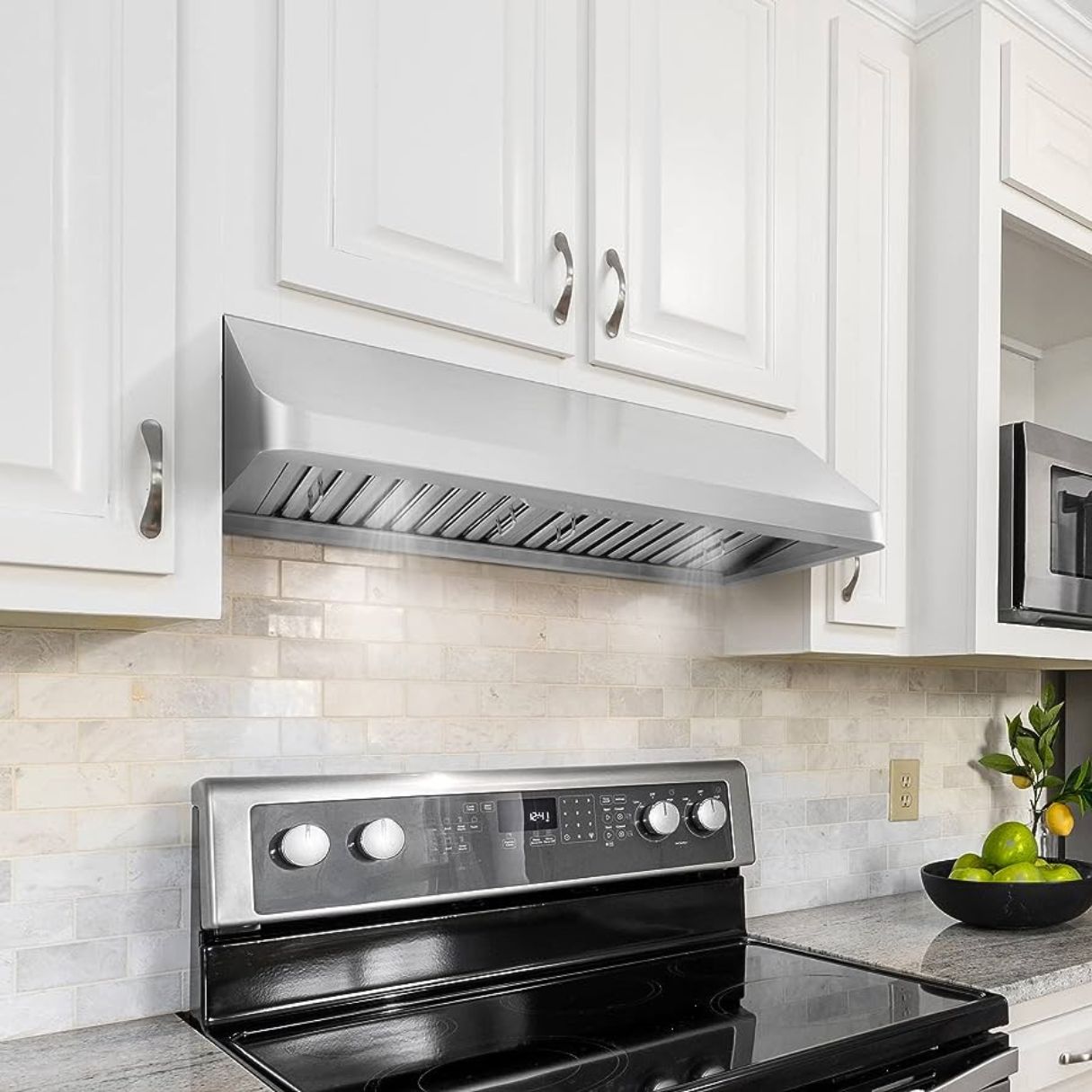

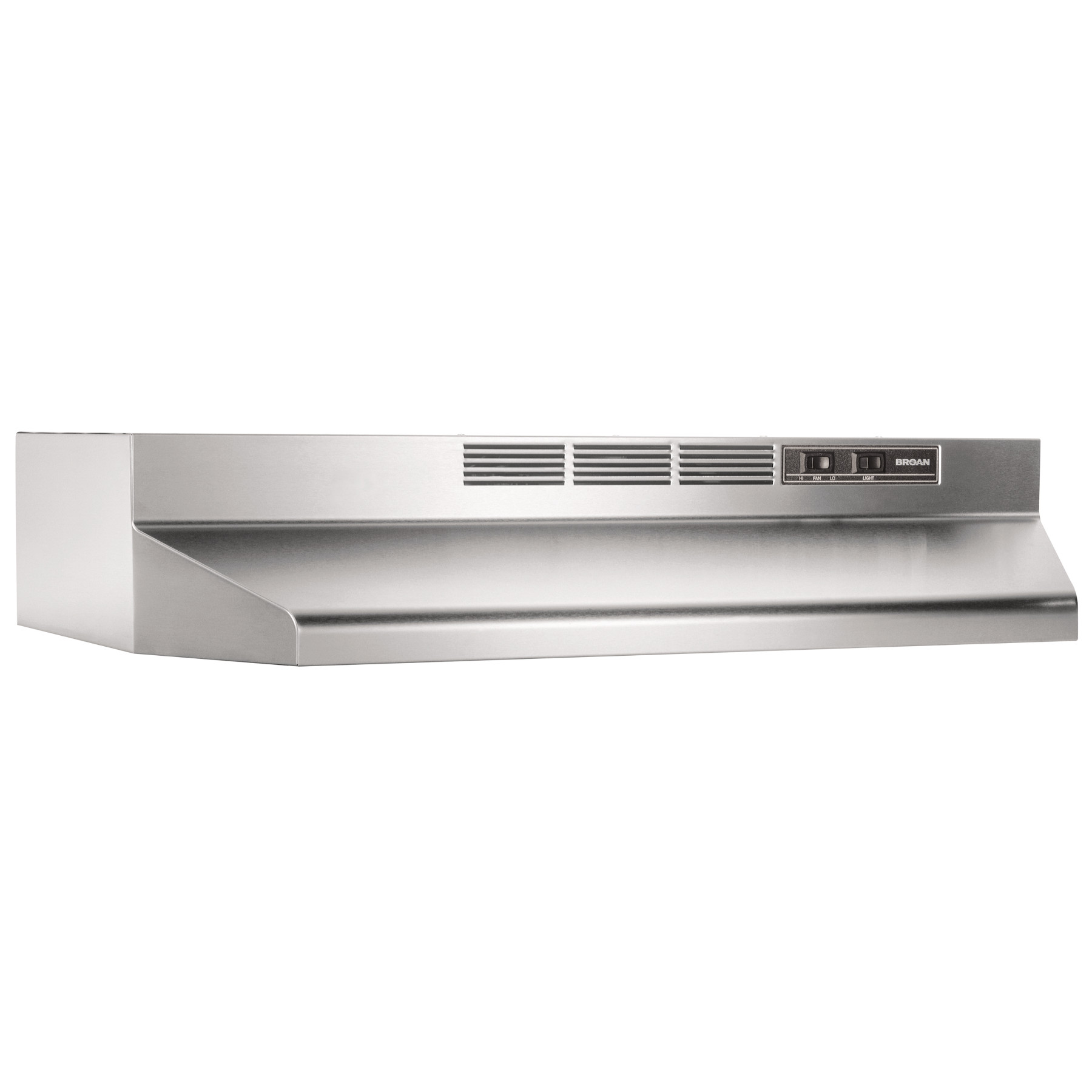

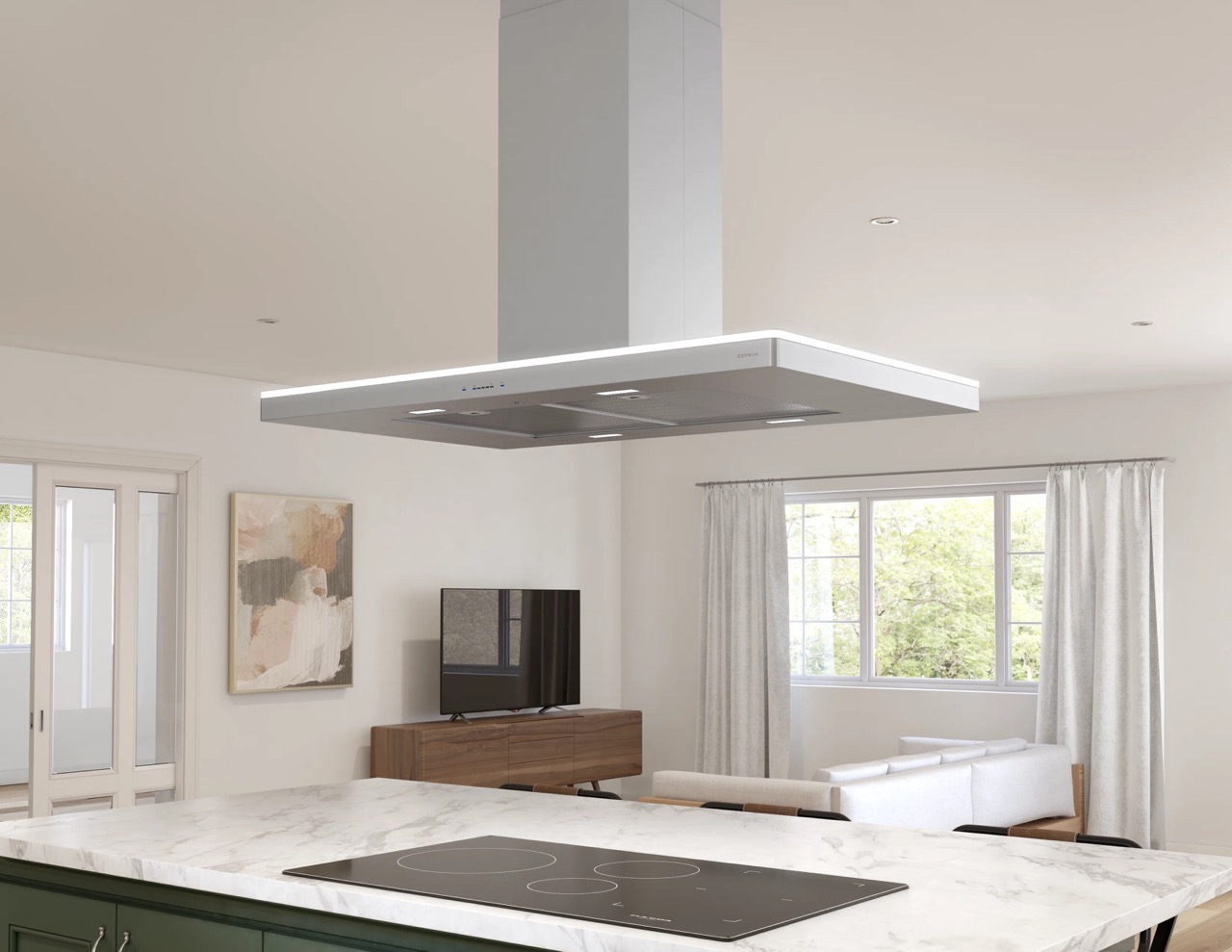
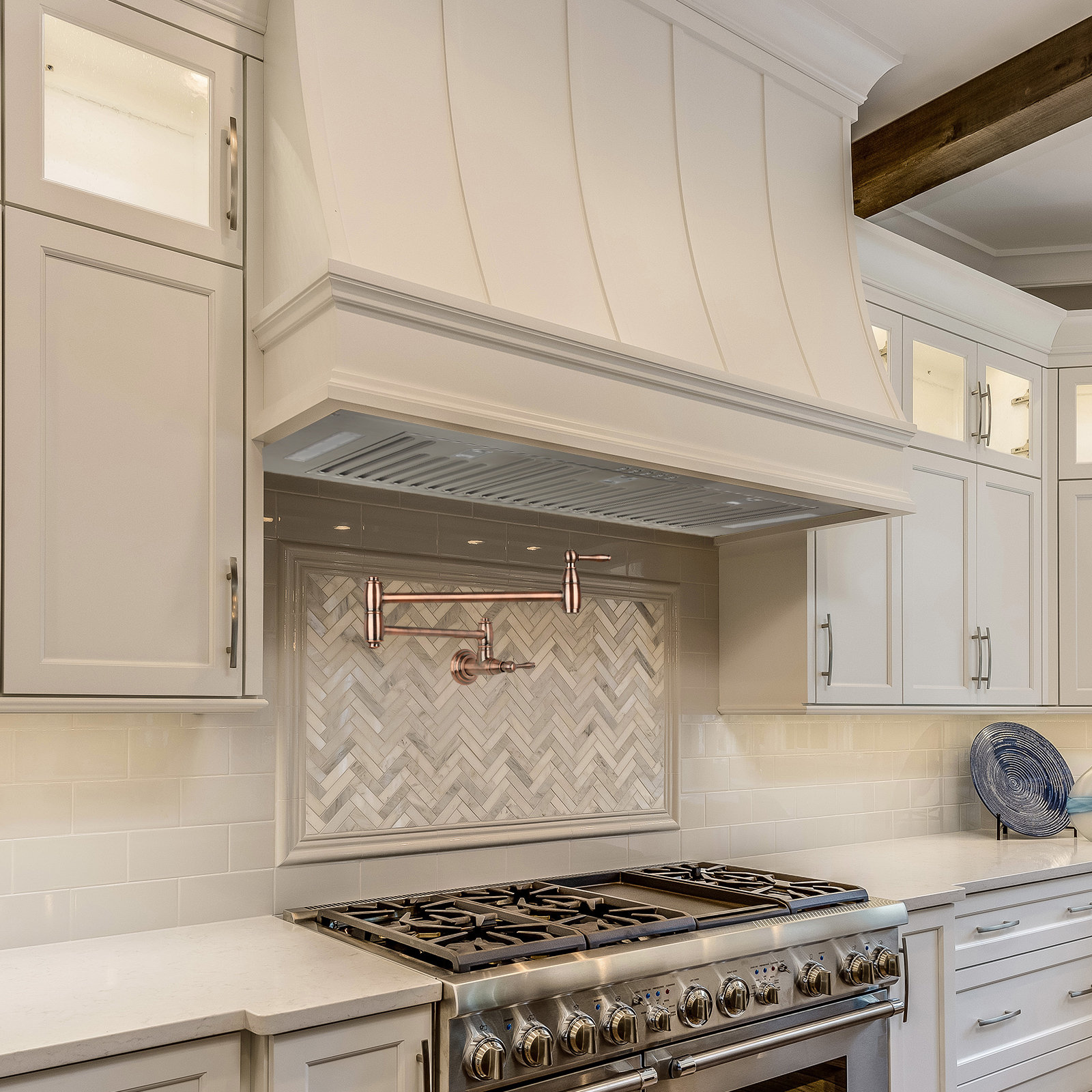
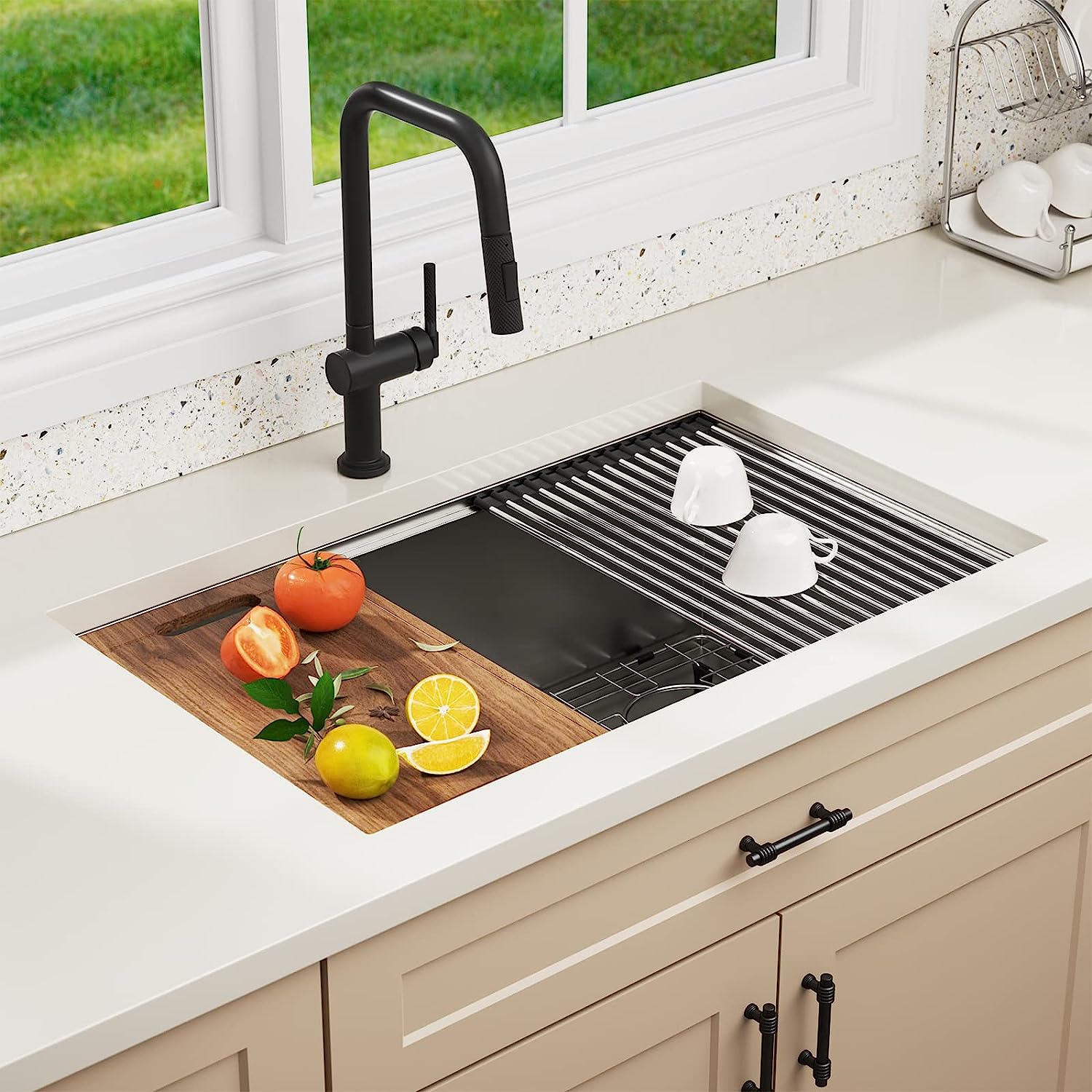
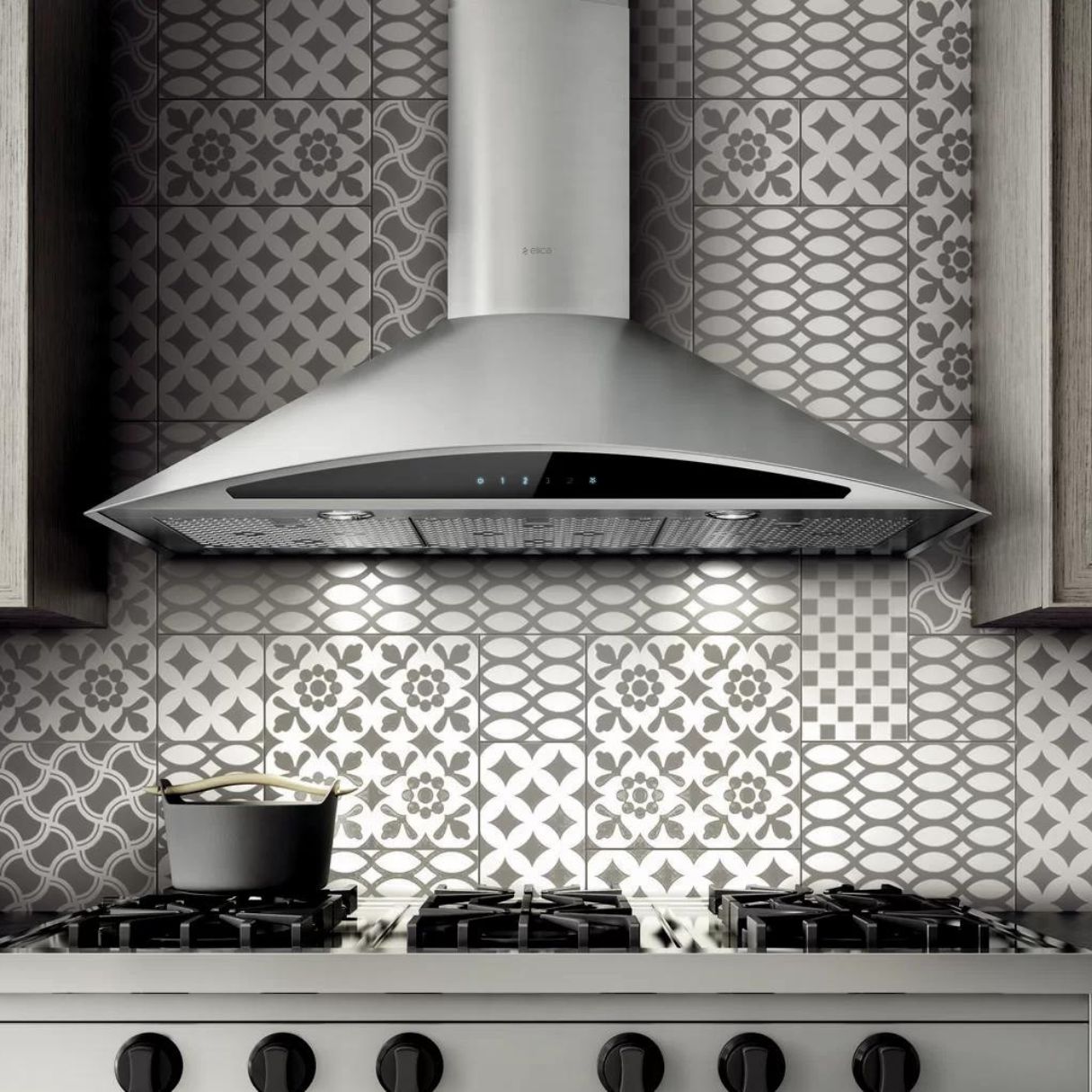

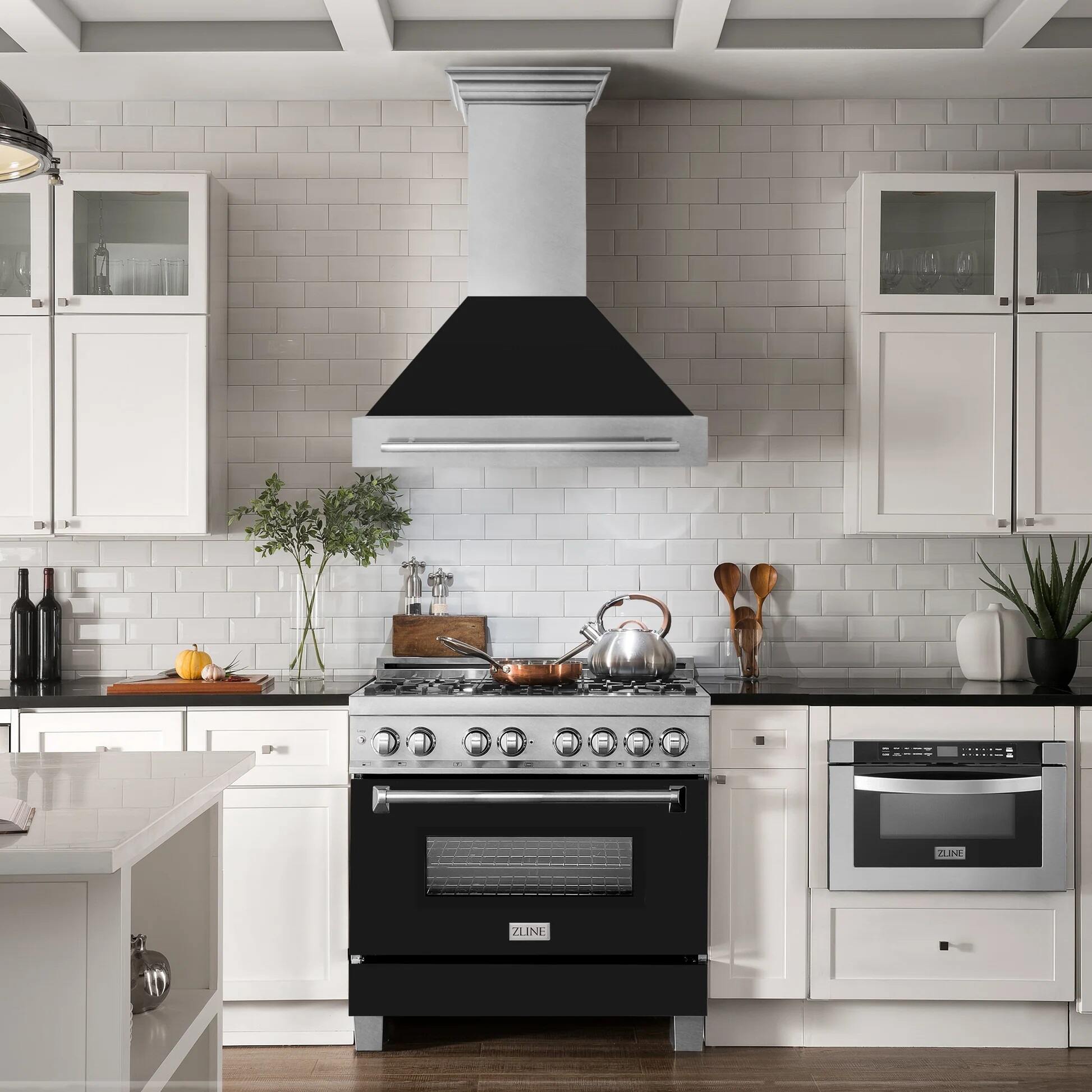
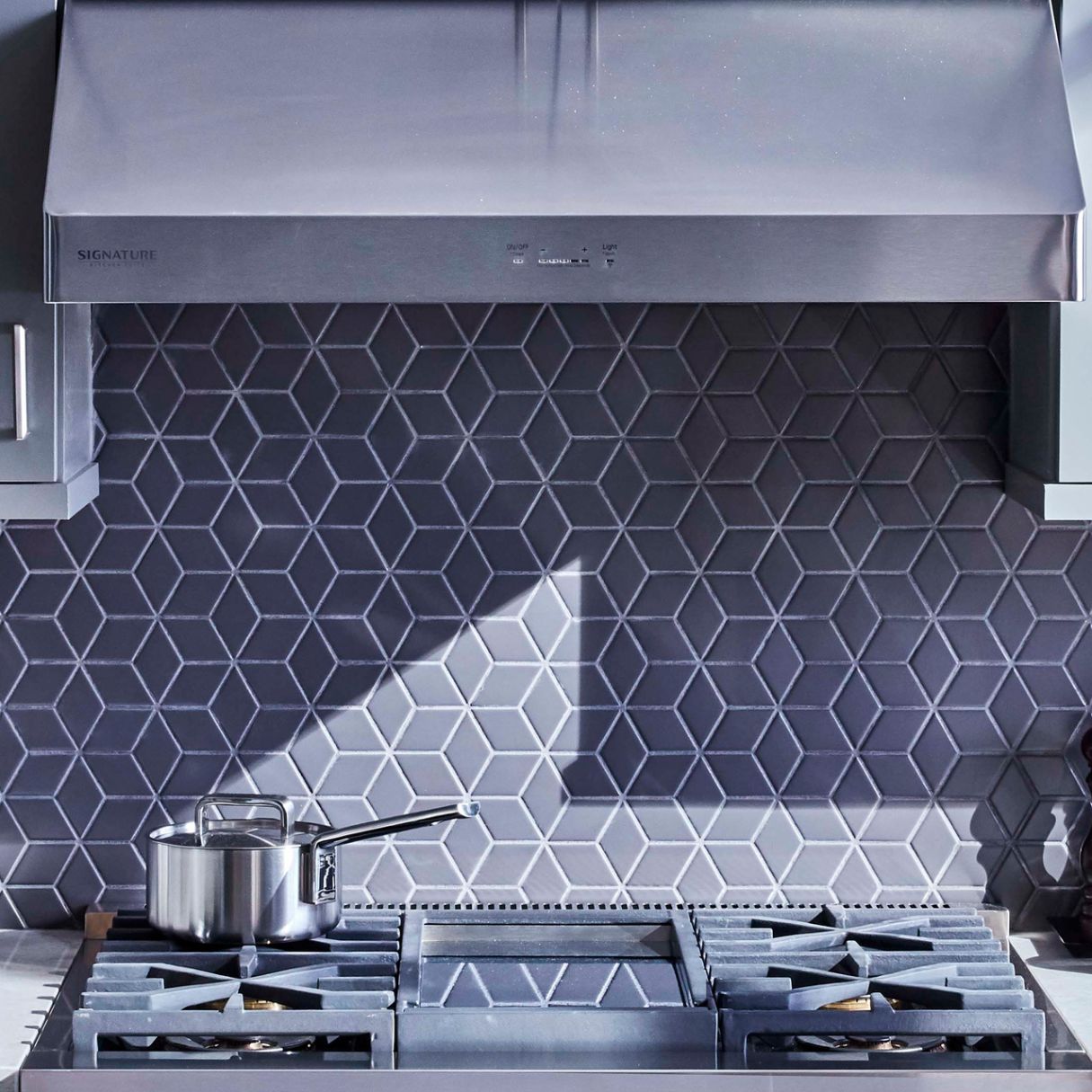
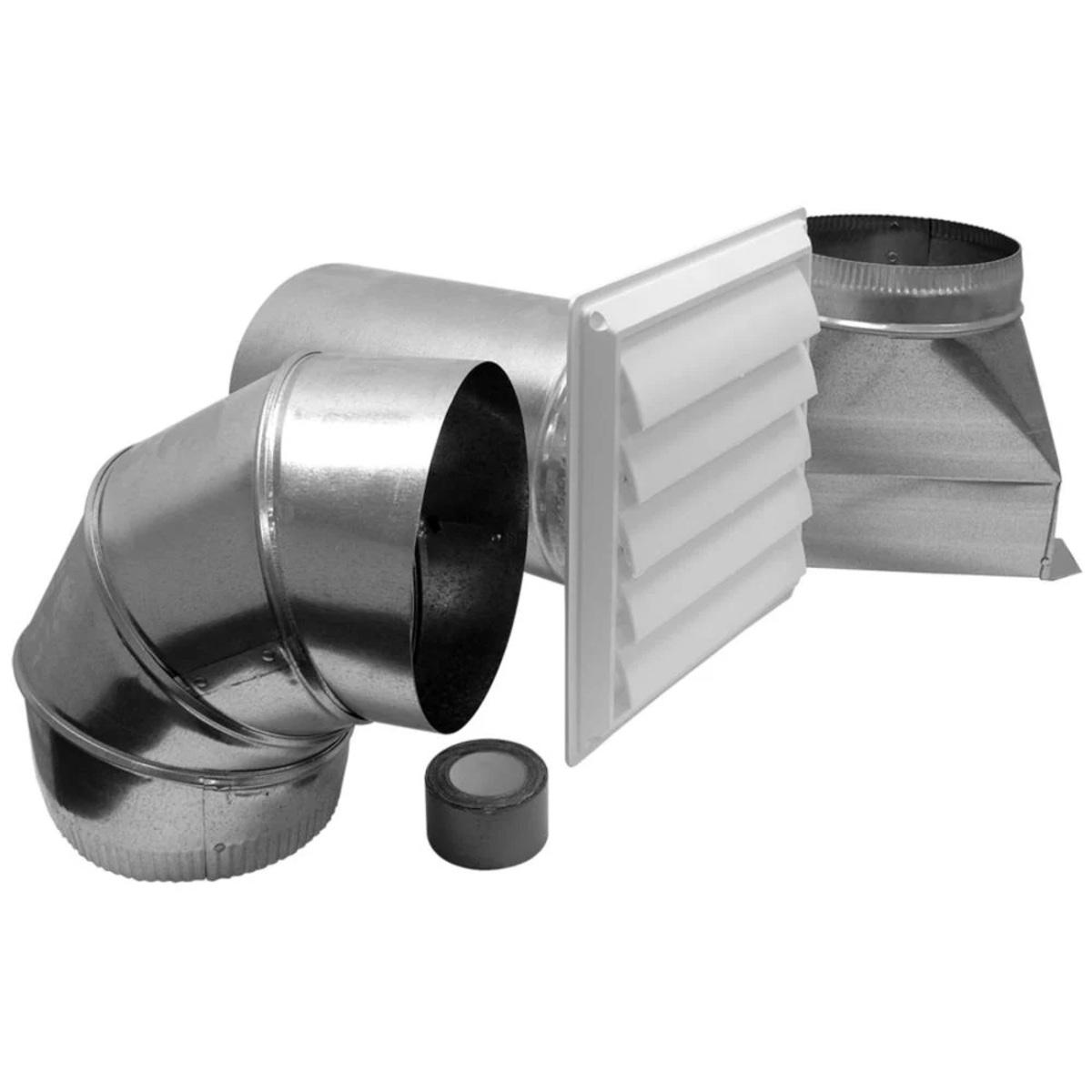
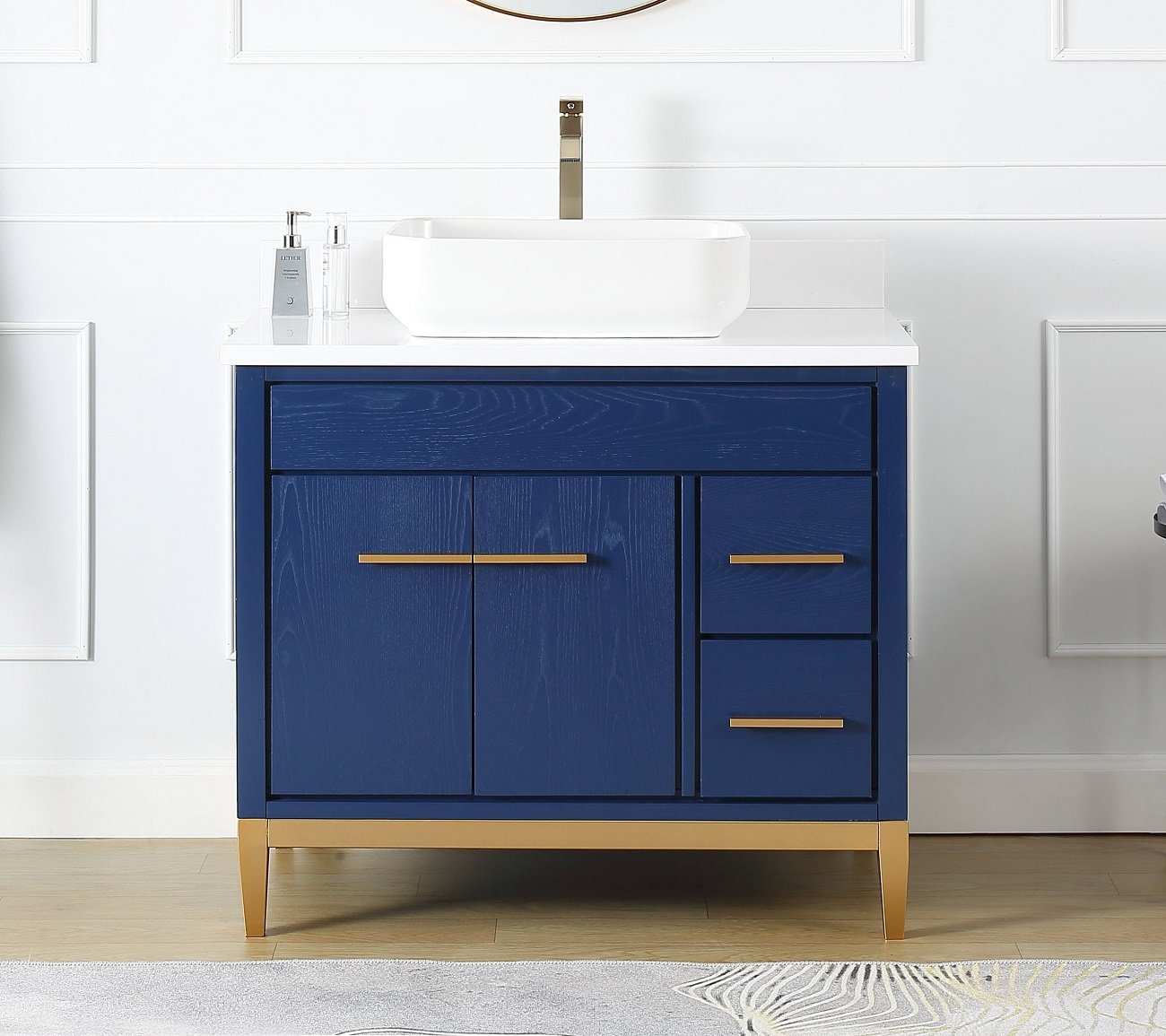
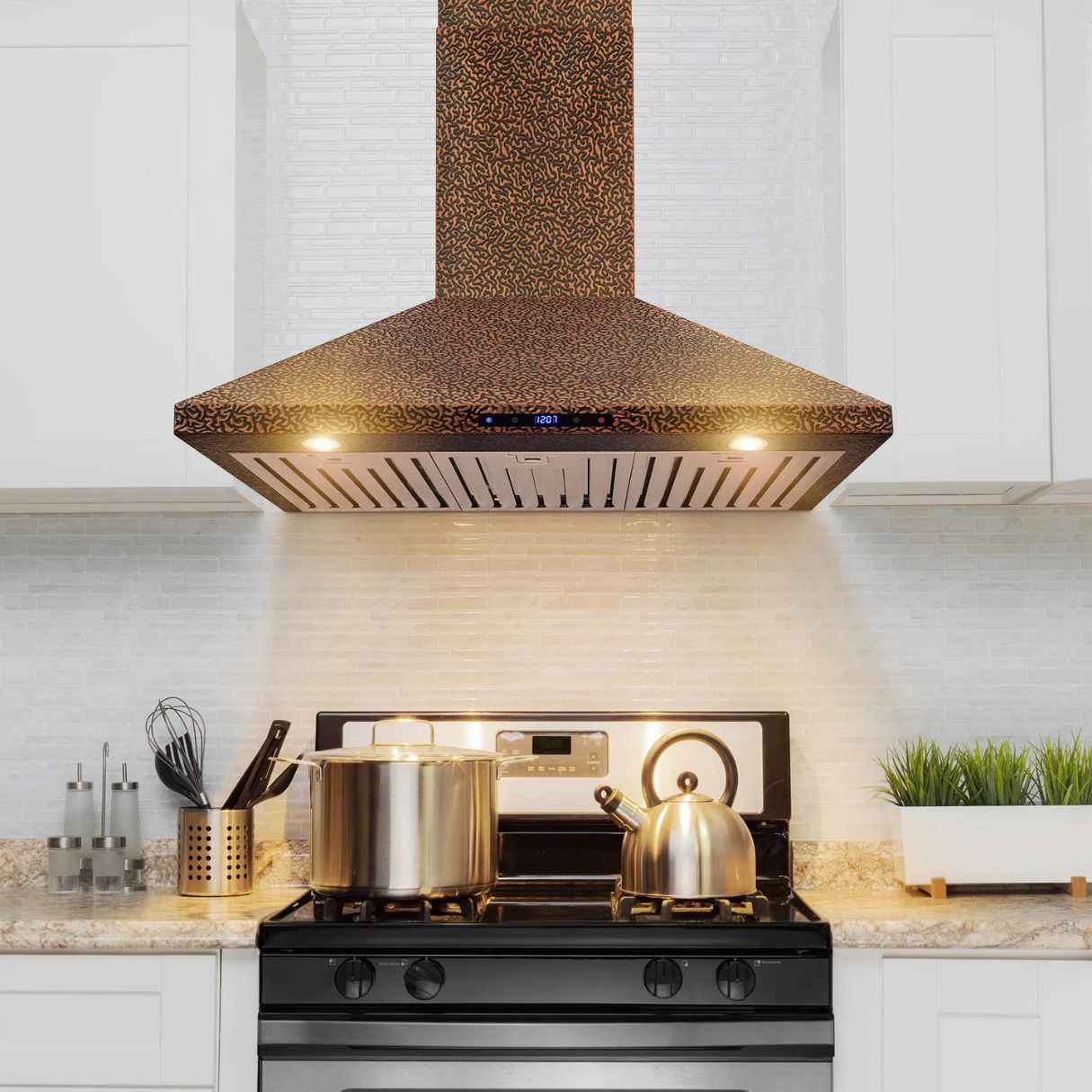

0 thoughts on “What Size Of Range Hood I Need For A 36 Inch Range”